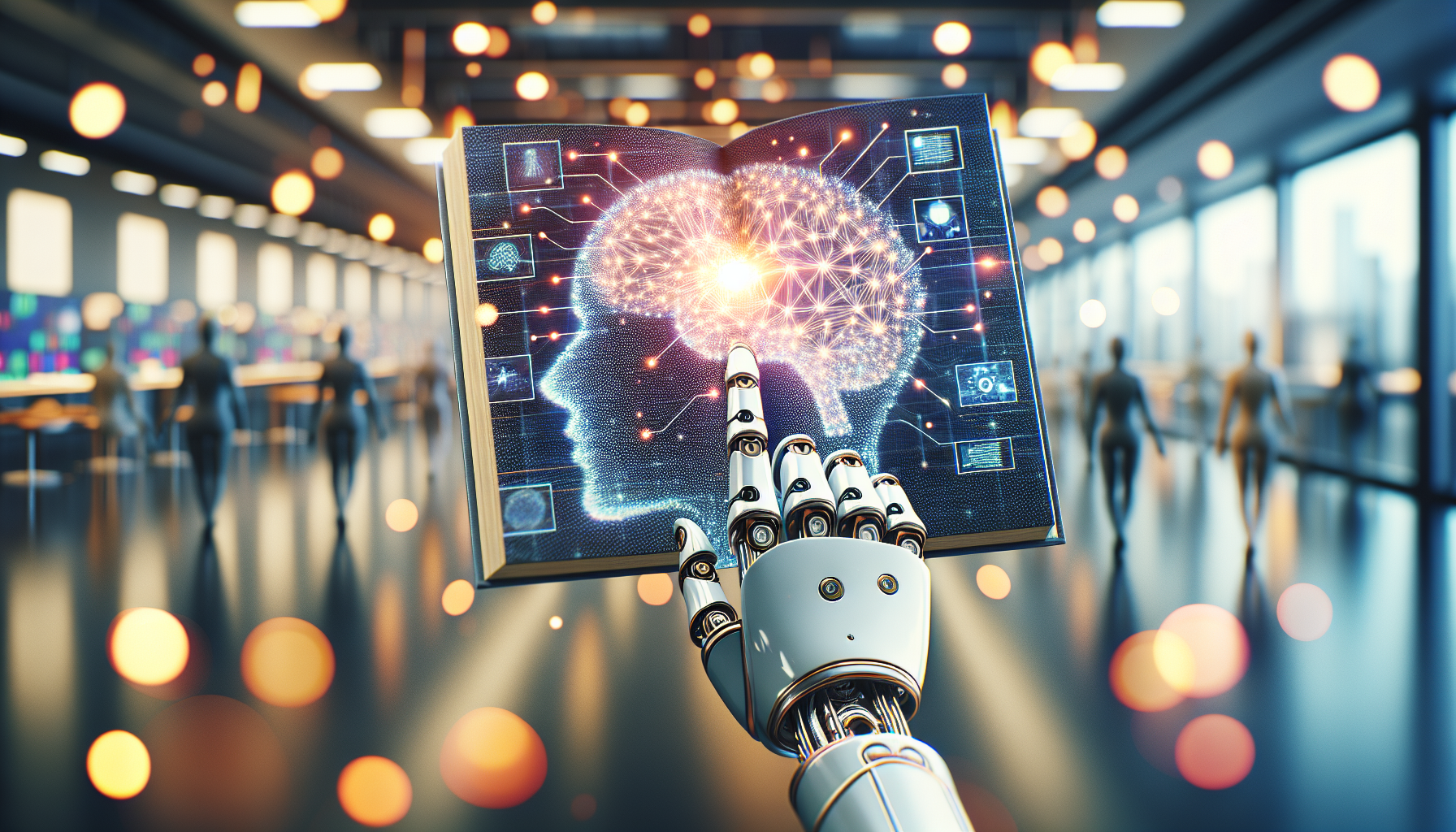
AI and Cybersecurity: A Critical Guide to Navigating Digital Threats
August 14, 2025
Artificial intelligence, hailed as a marvel of modern technology, has ushered in a new era of innovation and efficiency. However, its integration into the realm of cybersecurity is fraught with complexities and contradictions. As AI systems are increasingly deployed to protect against digital threats, they also introduce their own set of vulnerabilities. This guide critically examines the double-edged sword of AI in cybersecurity, offering insights into navigating its challenges.
The allure of AI in cybersecurity is undeniable. AI's ability to process vast amounts of data at unprecedented speeds makes it an attractive tool for identifying threats that might elude human detection. Machine learning algorithms can predict potential attacks based on patterns and historical data, ostensibly allowing for preemptive defense measures. Yet, the reality is more nuanced. The same capabilities that empower AI to safeguard systems can also be exploited by cybercriminals.
One of the most pressing concerns is the susceptibility of AI systems to adversarial attacks. These attacks involve manipulating input data to deceive AI models, leading them to make incorrect predictions or classifications. Imagine a scenario where an AI system designed to detect phishing emails is fed cleverly altered inputs, causing it to misidentify genuine threats as benign. This manipulation could open the floodgates to a host of security breaches. Companies must adopt robust validation mechanisms and continuously update their AI models to mitigate such risks.
Moreover, the use of AI for cybersecurity raises ethical and privacy issues. AI systems often require access to large datasets to function effectively, which can include sensitive personal information. The question then arises: how do we ensure that this data is handled responsibly? The opacity of AI decision-making processes, often referred to as the "black box" problem, compounds the issue. Users may find themselves subject to decisions made by AI systems without a clear understanding of how those decisions were reached. Transparency, accountability, and robust data governance frameworks are essential to address these concerns.
It's also critical to consider the overreliance on AI in cybersecurity. While AI can enhance security measures, it should not replace human judgment. The complexity of cyber threats necessitates a hybrid approach that combines AI-driven analytics with human intelligence. Cybersecurity professionals play an indispensable role in interpreting AI outputs, understanding context, and making informed decisions. Companies should invest in training their staff to work alongside AI systems, rather than viewing them as a panacea.
Additionally, the deployment of AI in cybersecurity is not a one-time effort but an ongoing process. Cyber threats are constantly evolving, and AI systems must be continuously trained and updated to keep pace. This requires a commitment of resources that some organizations may find challenging. The temptation to deploy AI solutions as a quick fix can lead to complacency, leaving systems vulnerable to new and emerging threats. A proactive and dynamic approach to AI maintenance is crucial for effective cybersecurity.
Another critical aspect is the potential for AI to amplify existing biases in cybersecurity. AI models trained on biased data can inadvertently perpetuate those biases, resulting in discriminatory practices. For instance, if an AI system is trained on data that disproportionately associates certain geographical regions with cyber threats, it may unfairly target or neglect specific areas. Ensuring diversity and inclusivity in training datasets is key to preventing such biases from manifesting in AI-driven security measures.
In light of these challenges, how can organizations effectively harness the power of AI for cybersecurity without falling victim to its pitfalls? The answer lies in a balanced approach that emphasizes collaboration, transparency, and continuous improvement. Organizations must foster a culture of openness and adaptability, where AI tools are seen as part of a broader cybersecurity strategy rather than a standalone solution.
As we navigate the intricate landscape of AI and cybersecurity, we must remain vigilant and critical. The stakes are high, and the consequences of missteps can be severe. By questioning assumptions, scrutinizing AI systems, and prioritizing ethical considerations, we can harness the potential of AI to protect against digital threats without compromising security or privacy.
Ultimately, the future of AI in cybersecurity hinges on our ability to manage its risks while reaping its benefits. How will we rise to this challenge, and what innovations will emerge from this delicate balance between technology and ethics? The answers will shape the digital world of tomorrow, demanding our attention and action today.


